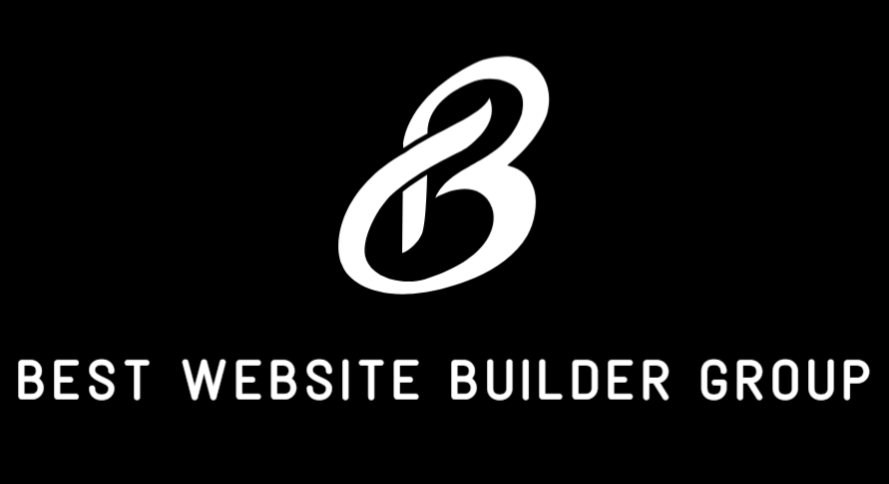Every business with an online presence eventually asks the same question: how to improve SEO on Google? Ranking well in the world’s most used search engine is the key to building visibility, attracting qualified leads, and creating steady growth. Google processes more than 8.5 billion searches daily, and competition for those top spots is fierce. Businesses that do not optimize for Google often lose valuable opportunities to competitors who take optimization seriously. Learning how to improve SEO on Google requires understanding both the technical and creative sides of digital marketing and applying strategies consistently over time.

Understanding How Google Ranks Websites
Before diving into practical steps, it is important to know how Google evaluates sites. The search engine uses complex algorithms with hundreds of ranking signals. These signals include content quality, keyword relevance, backlinks, site speed, mobile usability, and overall user experience. Google’s goal is simple: show users the most relevant and reliable results for their queries. Websites that prove authority, provide value, and maintain technical health earn higher positions. Guides from Google Search Central offer insights into the criteria that drive rankings. Businesses that align with these guidelines position themselves for lasting success.
Keyword Research as the Foundation
Any conversation about how to improve SEO on Google must begin with keyword research. Keywords act as the bridge between what users search and the content a website provides. Using tools like Google Keyword Planner, businesses can identify high-traffic terms and niche long-tail phrases. Long-tail keywords may attract fewer searches, but they usually bring in more qualified traffic ready to convert. Keyword research also reveals gaps competitors may have overlooked. By targeting the right mix, businesses can build content strategies that meet user intent and capture new audiences.
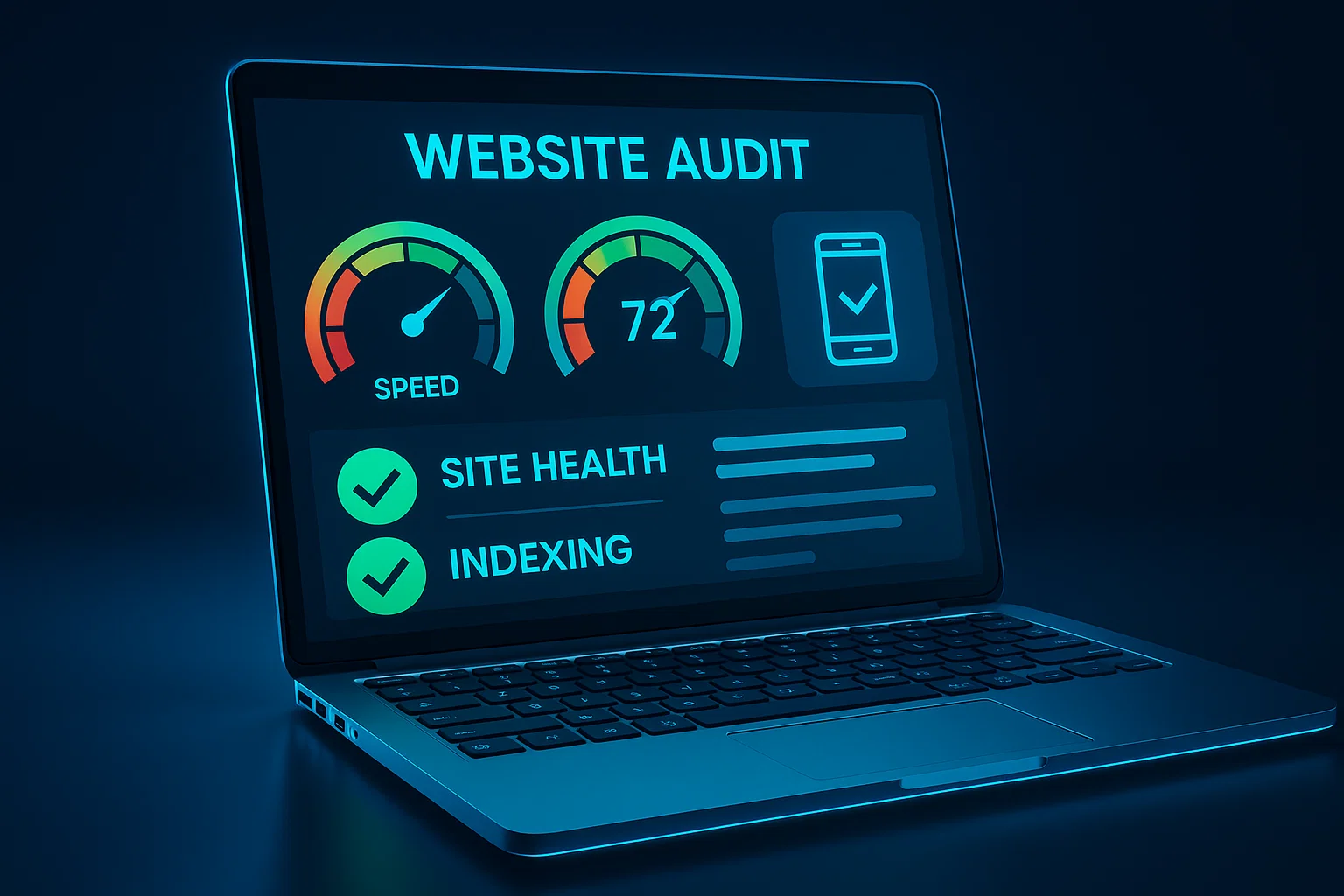
Optimizing On-Page Content for Google
Well-researched keywords must be paired with effective on-page optimization. Titles, meta descriptions, headers, and body text should use keywords naturally while remaining engaging to readers. Content must answer questions thoroughly, not just repeat search terms. Outbound links to reliable sources and internal links to important pages strengthen both user experience and SEO value. For example, companies can guide visitors toward their SEO services or related blog articles. High-quality images with alt text, structured formatting, and clear calls to action all contribute to stronger performance in Google search results.
Improving Technical SEO Performance
Strong content alone is not enough to improve SEO on Google. Technical factors have become just as important. Websites must load quickly, remain mobile-friendly, and stay secure with HTTPS. Google’s Core Web Vitals specifically measure speed, responsiveness, and visual stability. If a site lags in these areas, rankings can suffer. Technical SEO services address crawl errors, XML sitemaps, schema markup, and structured data that help Google understand content more effectively. By ensuring technical health, businesses build a foundation where other SEO efforts can thrive.
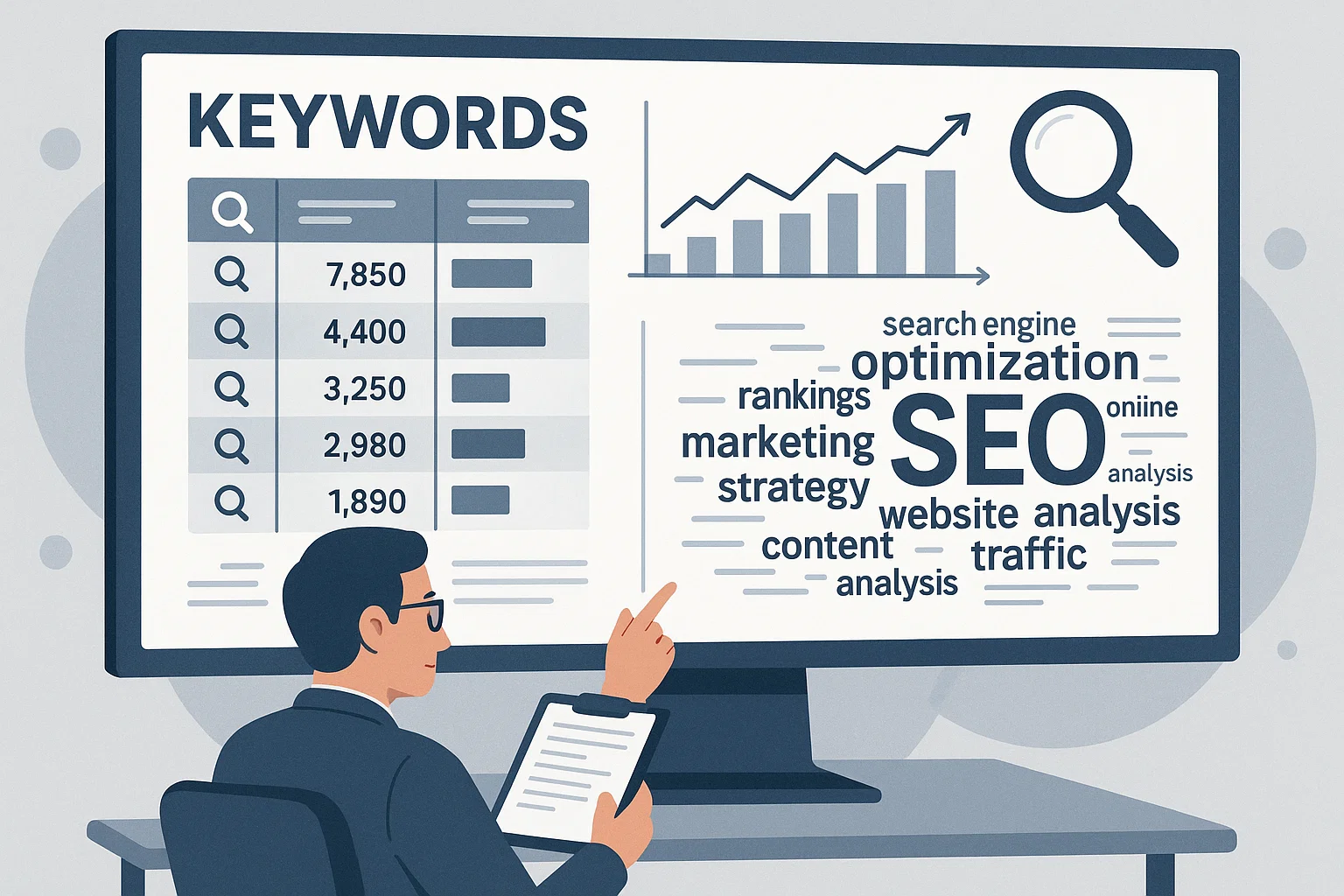
Building Authority Through Backlinks
Backlinks remain one of the strongest ranking signals. When reputable websites link to a page, Google views that page as more trustworthy. Quality matters more than quantity, so a handful of links from high-authority sources carries more weight than dozens of weak ones. Outreach strategies include guest blogging, digital PR, and partnerships that generate relevant mentions. Backlinks act as “votes of confidence” that elevate search visibility. A consistent focus on earning quality backlinks can steadily push rankings higher.
Why User Experience Affects SEO Rankings
Another key factor in how to improve SEO on Google is user experience. Google measures behavior signals such as click-through rate, bounce rate, and session duration to determine if a site satisfies user intent. If visitors quickly leave a site because it is confusing or slow, rankings drop. Websites that deliver clean layouts, easy navigation, and helpful content keep users engaged. Accessibility features, such as alt text and screen reader compatibility, also improve usability. By focusing on user experience, businesses not only improve rankings but also increase the likelihood of converting visitors into customers.
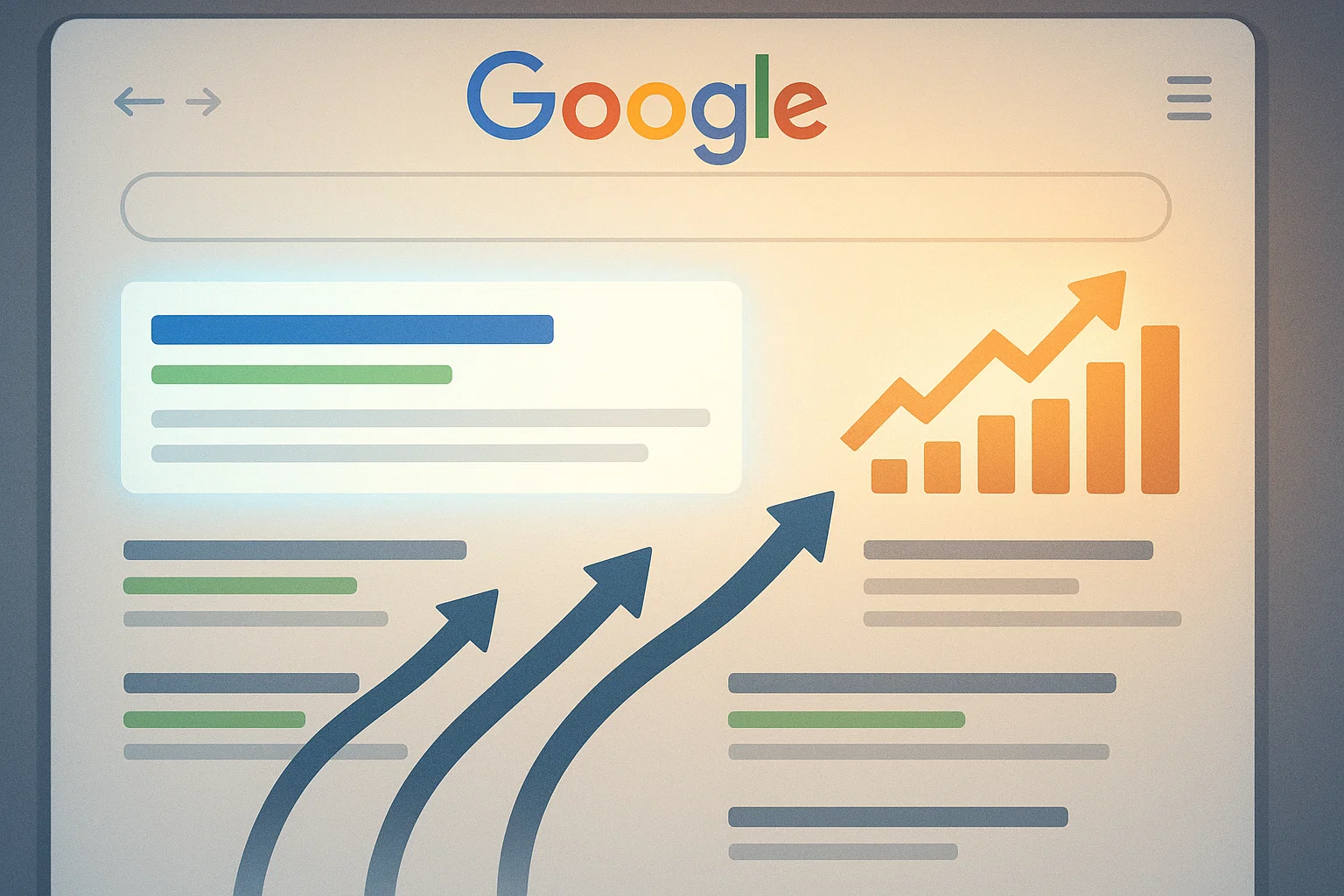
Leveraging Local SEO for Stronger Visibility
For many companies, especially small businesses, local SEO is critical. Local searches often include terms like “near me” or specific city names. Optimizing for these searches ensures visibility within a community. A complete Google Business Profile, consistent citations, and localized content all strengthen rankings in local results and map packs. Reviews also build credibility and influence rankings. Businesses in places like Palm Bay or Kirtland can outperform larger competitors by focusing on targeted local optimization. For companies that serve a regional market, local SEO is often the most direct path to new customers.
Content Marketing as a Growth Engine
Content remains at the heart of SEO. Businesses that publish high-quality, relevant content regularly tend to rank higher. Blogging allows companies to target additional keywords, answer customer questions, and demonstrate authority in their industries. According to HubSpot, companies that blog receive 55% more visitors than those that do not. Creating evergreen content, such as guides, tutorials, and FAQs, ensures that traffic keeps flowing long after publication. Pairing content marketing with SEO strategies provides ongoing visibility and strengthens brand authority over time.

Measuring SEO Performance and Adapting Strategy
To improve SEO on Google effectively, businesses must track progress and adapt. Tools such as Google Analytics and Search Console provide insights into rankings, impressions, clicks, and conversions. Reviewing this data helps identify what works and what needs improvement. SEO is dynamic—rankings shift as competitors adjust strategies and Google updates its algorithm. Regular analysis ensures businesses refine their approach, avoiding wasted effort and maintaining growth in competitive markets.
Balancing SEO with Paid Advertising
Many businesses compare SEO with paid advertising when deciding how to invest marketing dollars. Paid ads deliver instant visibility, but results vanish as soon as spending stops. SEO takes more time, yet it provides a compounding return. Websites that rank organically continue to attract traffic for months or years with minimal ongoing cost. The most effective strategies often combine both approaches: ads for immediate visibility and SEO for sustainable growth. Businesses that understand this balance make smarter long-term marketing investments.
The Importance of Ongoing SEO Services
SEO is never a one-and-done effort. Search algorithms evolve, user preferences change, and competitors update their strategies. That is why ongoing SEO services matter. Professionals monitor algorithm changes, perform regular audits, and update content to maintain performance. They also implement new strategies as Google introduces features such as rich snippets or voice search optimization. Ongoing services ensure that websites remain competitive and visible even as the digital landscape evolves.
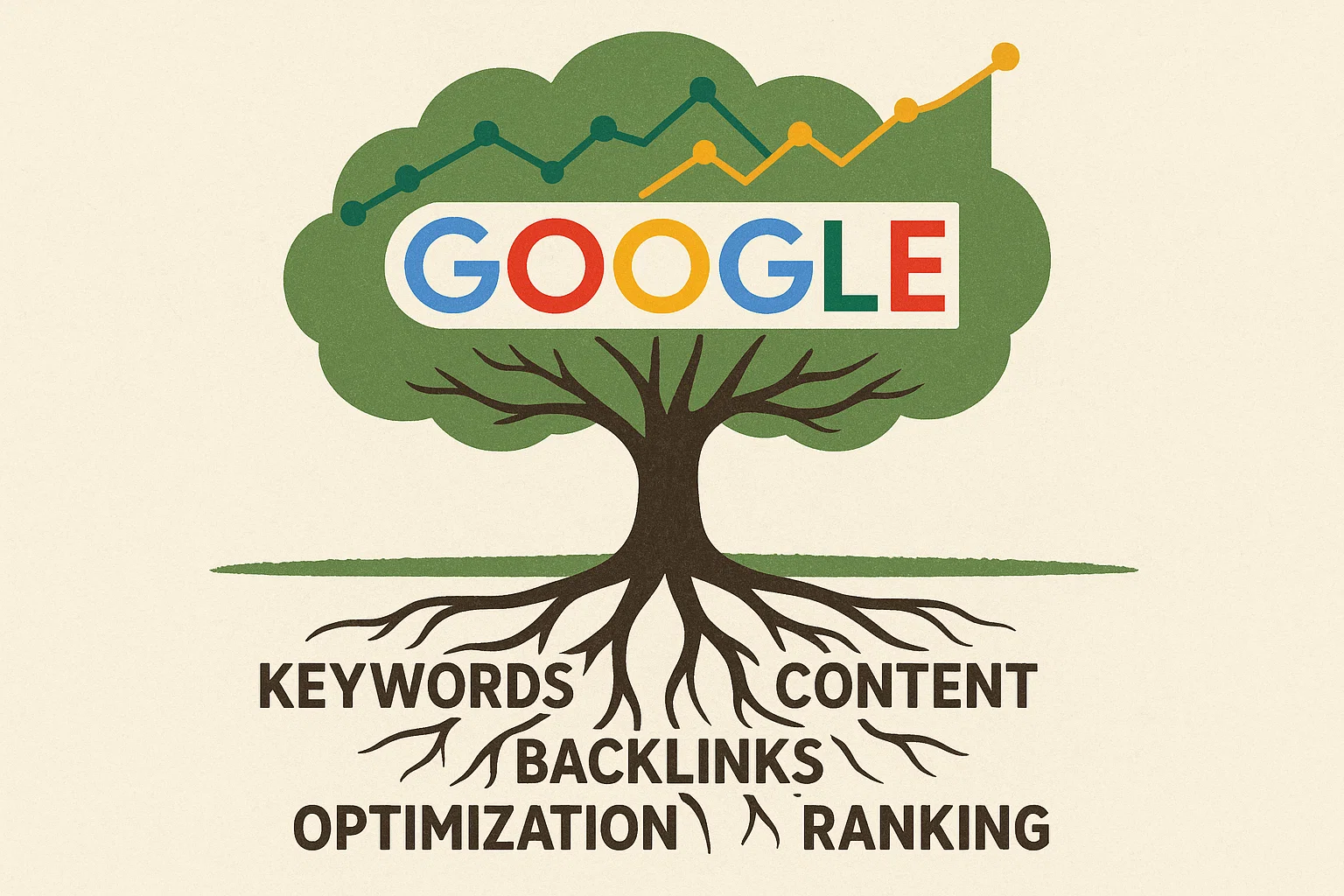
Conclusion
Learning how to improve SEO on Google highlights the importance of combining strategy, technical expertise, and consistency. From keyword research and on-page optimization to technical improvements, backlinks, and user experience, every piece plays a role in higher rankings. Businesses that commit to SEO gain more than traffic—they build trust, visibility, and long-term growth. For companies ready to secure a stronger presence on Google, Best Website Builder Group provides the expertise to transform search engine optimization into measurable business success.
